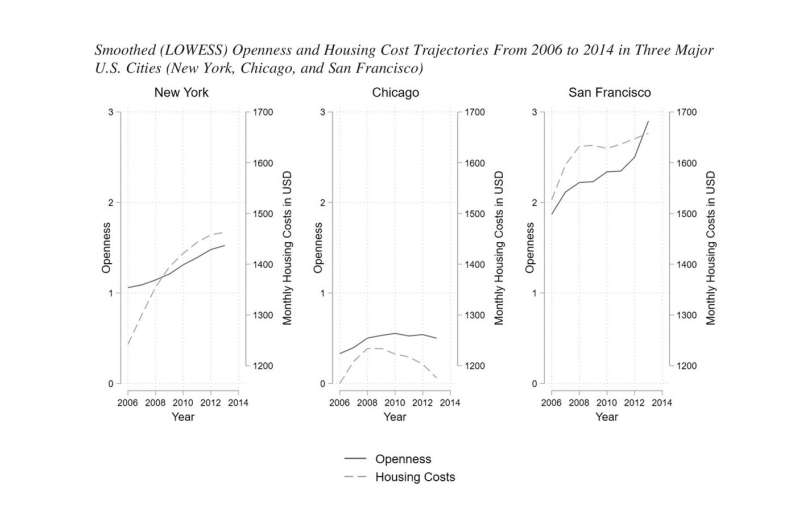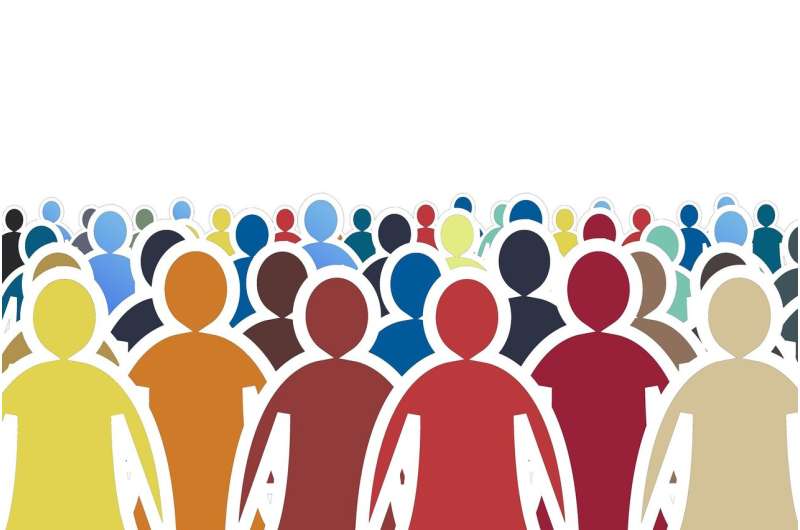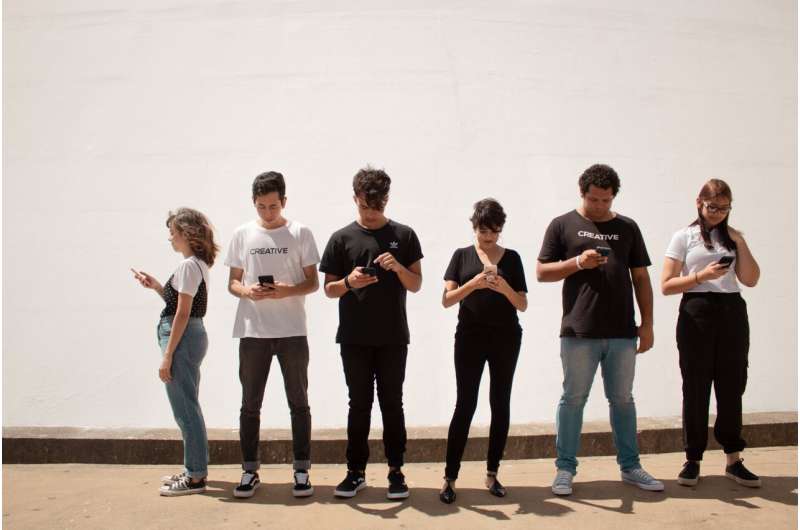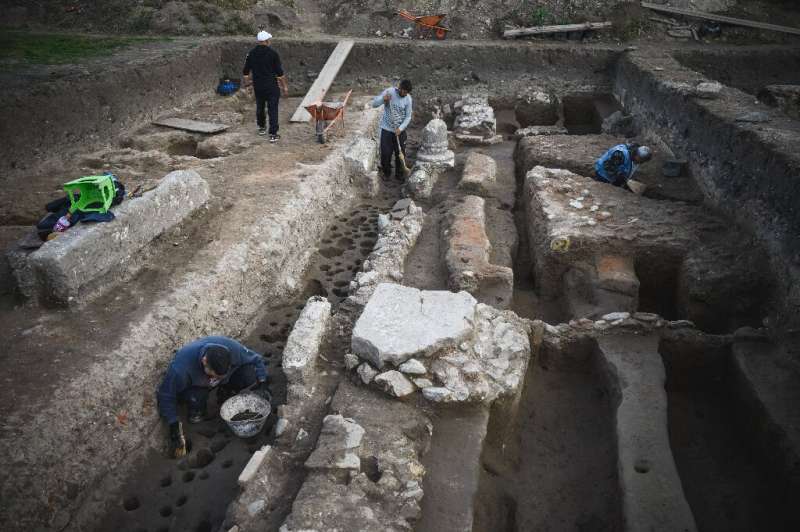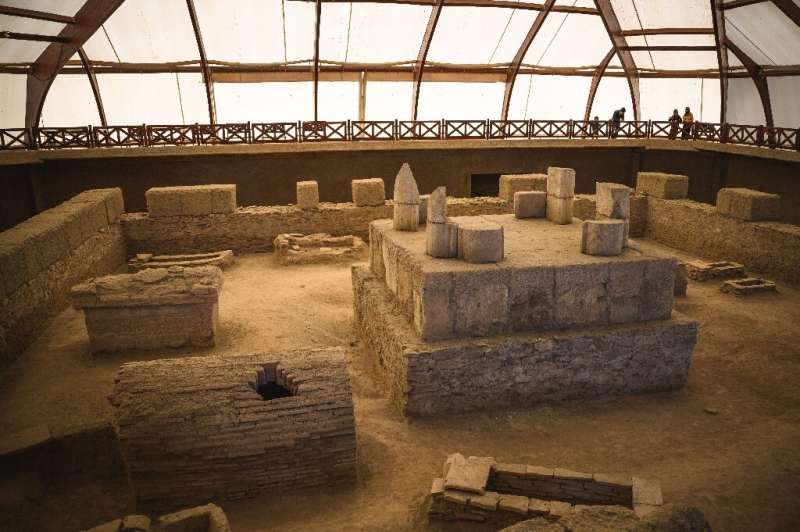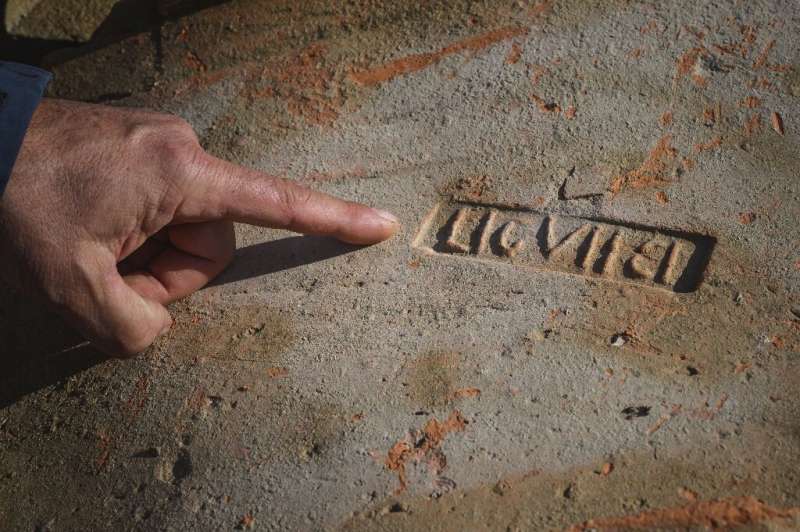Archaeologist's book examines human adornment
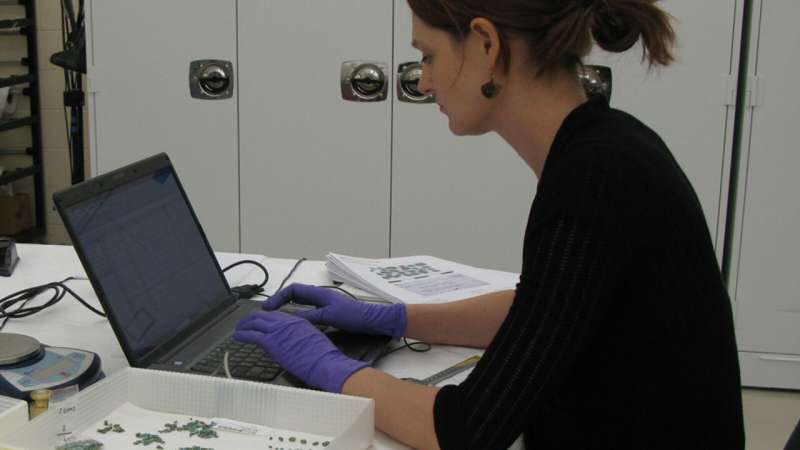
Across countries, continents, and centuries, humans have felt compelled to adorn themselves. A new book edited and co-authored by Hannah Mattson, Southwestern archaeologist and an assistant professor of Anthropology at The University of New Mexico, explores personal adornment as components of human identity and practice, as well as symbols of wealth, power, and status.
"Personal Adornment and the Construction of Identity: A Global Archaeological Perspective" explores the ways personal adornment was intertwined with the creation and transformation of social identity in the past, drawing on case studies spanning 9,000 years of human history and 10 different countries. The adornments detailed in the book by the international team of authors are from the pre-Hispanic northern Southwest; the Franchthi Cave in Greece; pre-contact Pacific Nicaragua; Nahuatl-speaking communities of Mesoamerica; the Castro Culture of northwestern Iberia; the early Viking Age; Sapelo Island off the coast of Georgia; and the ancient city of Hasanlu in Iran.
When paired with the broad temporal and geographic scope collectively represented by these studies, we gain a deeper appreciation for the subtle but vital roles these items played in human lives.
Mattson, who organized and edited the volume, specializes in the archaeology of Chaco Canyon and the larger Ancestral Pueblo region, personal adornment and social identity, ceramic technology, and public archaeology and has studied ancient jewelry assemblage from Pueblo Bonito at Chaco Canyon for over a decade.
"This book helps challenge a traditional and widespread view that these kinds of artifacts are purely decorative or somehow supplementary to the basic functioning of human society," Mattson explained. "Most often, the meanings of personal ornaments are assumed to relate to wealth and social status when found in archaeological contexts. The broad temporal and geographic scope of the studies compiled in this volume demonstrate that these materials are not only intricately enmeshed in all facets of identity—such as group affiliation, gender, age, role or profession, subscription to ideologies, social standing—but also that these are in a constant state of flux and negotiation."
"While there are other compilations on archaeological approaches to studying ornaments more generally or on jewelry from specific time periods and regions, to my knowledge this is the only work specifically focused on the topic of social identity and ornamentation with a global scope," Mattson said.
"Objects of adornment have been a subject of archaeological, historical, and ethnographic study for well over a century. Within archaeology, personal ornaments have traditionally been viewed as decorative embellishments associated with status and wealth, materializations of power relations and social strategies, or markers of underlying social categories such as those related to gender, class, and ethnic affiliation. Personal Adornment and the Construction of Identity seeks to understand these artifacts not as signals of steady, pre-existing cultural units and relations, but as important components in the active and contingent constitution of identities. Drawing on contemporary scholarship on materiality and relationality in archaeological and social theory, this book uses one genre of material culture—items of bodily adornment—to illustrate how humans and objects construct one another."

